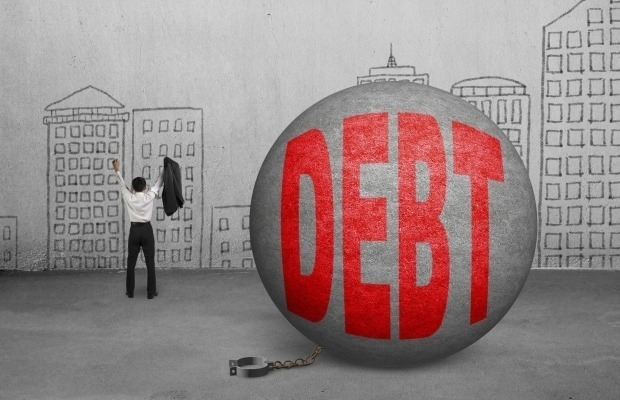Economy
South Korea groans under snowballing national liabilities
The country’s liabilities hit a record high with the fiscal deficit worsening after two rounds of supplementary budgets last year
By Apr 05, 2023 (Gmt+09:00)
1
Min read
Most Read
LG Chem to sell water filter business to Glenwood PE for $692 million


Kyobo Life poised to buy Japan’s SBI Group-owned savings bank


KT&G eyes overseas M&A after rejecting activist fund's offer


StockX in merger talks with Naver’s online reseller Kream


Mirae Asset to be named Korea Post’s core real estate fund operator



South Korea’s liabilities ballooned last year following heavy fiscal spending related to the COVID-19 pandemic to buttress growth in Asia’s fourth-largest economy.
According to the government’s fiscal 2022 settlement report approved at a Cabinet meeting on Tuesday, the country’s national liabilities swelled to a record 2,326.2 trillion won ($1.78 trillion) in 2022, up 6% from 2,195.3 trillion won the year prior.
A country’s liabilities refer to an aggregate of state bond sales, financial borrowing and unconfirmed liabilities from future pension payments.
The heavier debt came after the government drew up two rounds of supplementary budgets to fight the economic fallout of COVID-19, making up for reduced tax income.
Higher provisions for the public servants' fund also contributed to the debt growth.

ON ASCENDING TREND
Korea’s national liabilities have steadily grown since the inauguration of the previous Moon Jae-in administration in 2017.
Over the past six years, liabilities have risen 62.3% from 1,433.1 trillion won at the end of 2016.
Government debt, which covers bond sales and financial borrowing by central and provincial governments, reached a record 1,067.7 trillion won in 2022, up 10% from 970.7 trillion won.
The government debt-to-GDP ratio also hit an all-time high of 49.6%, up from 46.9% at the end of 2021. The ratio has been on a steady ascent since 2019 when it stood at 37.6%.
Government debt as a percent of GDP is used by investors to measure a country’s ability to make future payments on its debt, thus affecting the country’s borrowing costs and government bond yields.
The managed fiscal balance, a measure of fiscal soundness, posted 117 trillion won in deficit, Korea’s worst-ever reading, compared with a shortfall of 90.6 trillion won in 2021.
Write to Kyung-Min Kang at Kkm1026@hankyung.com
In-Soo Nam edited this article.
More to Read
-
 EconomyS.Korea logs biggest-ever current account deficit in Jan on export slump
EconomyS.Korea logs biggest-ever current account deficit in Jan on export slumpMar 10, 2023 (Gmt+09:00)
2 Min read -

-

-
 EconomyADB cuts Korea’s 2023 growth outlook as trade in deficit for sixth month
EconomyADB cuts Korea’s 2023 growth outlook as trade in deficit for sixth monthSep 21, 2022 (Gmt+09:00)
3 Min read
Comment 0
LOG IN


